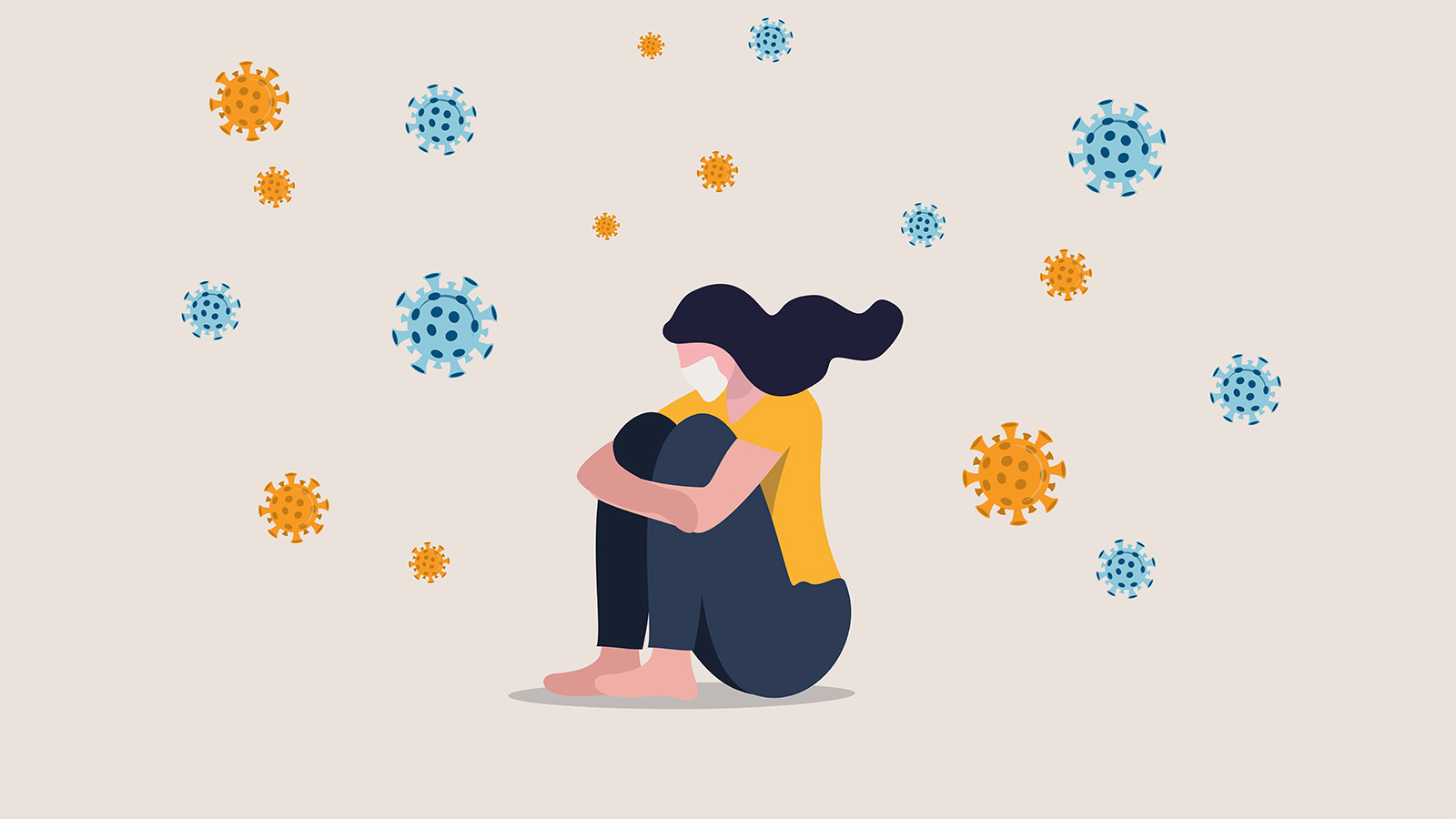
Pandemic mental health impacts on adolescents quantified in new UMaine study
The COVID-19 pandemic has been an isolating and lonely time for almost everyone. For adolescents especially, the loneliness accompanied by pandemic-related school closures and the like has led to an increase in mental health issues like depression and self-destructive behavior, according to a University of Maine-led study.
The study, published in the Journal of Clinical Child & Adolescent Psychology, looked at 362 middle and high school adolescents in rural Maine during the first several months of the pandemic in the United States. The participants reported about their mental health before the pandemic and again in June 2020, after months of lockdowns and isolation. Adoelscents specifically reported on their depressive symptoms; frequency of non-suicidal self-injury (NSSI) like cutting, pulling hair or hitting; and suicide risk.
The study also assessed adolescents’ feelings of loneliness and health anxiety due to COVID in March 2020, during the first week of school shutdowns in Maine. To gather this information, smartphone-based ecological momentary assessment (EMA) was used. Three times a day for seven days, students responded to questions on a smartphone app called LifeData about their COVID-19 loneliness and health anxiety to track fluctuations in COVID-related distress.
The results showed that all adolescents in the study, regardless of whether they were feeling depressed before the pandemic, experienced increased depressive symptoms as a function of increased COVID-related loneliness. Loneliness also exacerbated suicide risk for adolescents already experiencing some level of suicidality before the pandemic. Surprisingly, elevated loneliness also predicated more frequent self-injury for adolescents who hadn’t been self-injuring prior to the pandemic.
“These findings were concerning because they suggest that perhaps these kids turned to self-injury as a new way to cope with feelings of isolation and loneliness,” says Rebecca Schwartz-Mette, director of the Peer Relations Lab at the University of Maine and principal investigator of the study.
Teens who self-injured prior to the pandemic and who experienced intense health anxiety experienced more frequent self-injury. However, a decrease in self-injury was observed for self-injuring teens who reported very high levels of loneliness.
“Additional research is needed to replicate this finding, but it may suggest that some adolescents benefited from being at home with increased monitoring and family support, and perhaps less school-based, peer stress,” says Schwartz-Mette.
The study shows that the effects of COVID-19 and pandemic-related closures were largely negative for most adolescents. The results also suggest that how adolescents felt in the first days of isolation is essential to understanding their adjustment months later. Youth already experiencing mental health challenges and risks may have fared especially poorly during the pandemic, but other groups not previously identified as being at risk may be facing new mental health challenges.
The researchers emphasize the necessity to meet youths’ mental health care needs now and develop effective treatment options for youth suffering from the psychological impacts of the pandemic.
“Our results punctuate what we already knew. Adolescents need mental health support. Now more than ever. The good news is that schools are aware, we have widely available telehealth options to reach youth who have previously been underserved, and, because the pandemic has affected all of us, perhaps the stigma around seeking support is shrinking,” says Schwartz-Mette.
Contact: Sam Schipani, samantha.schipani@maine.edu
